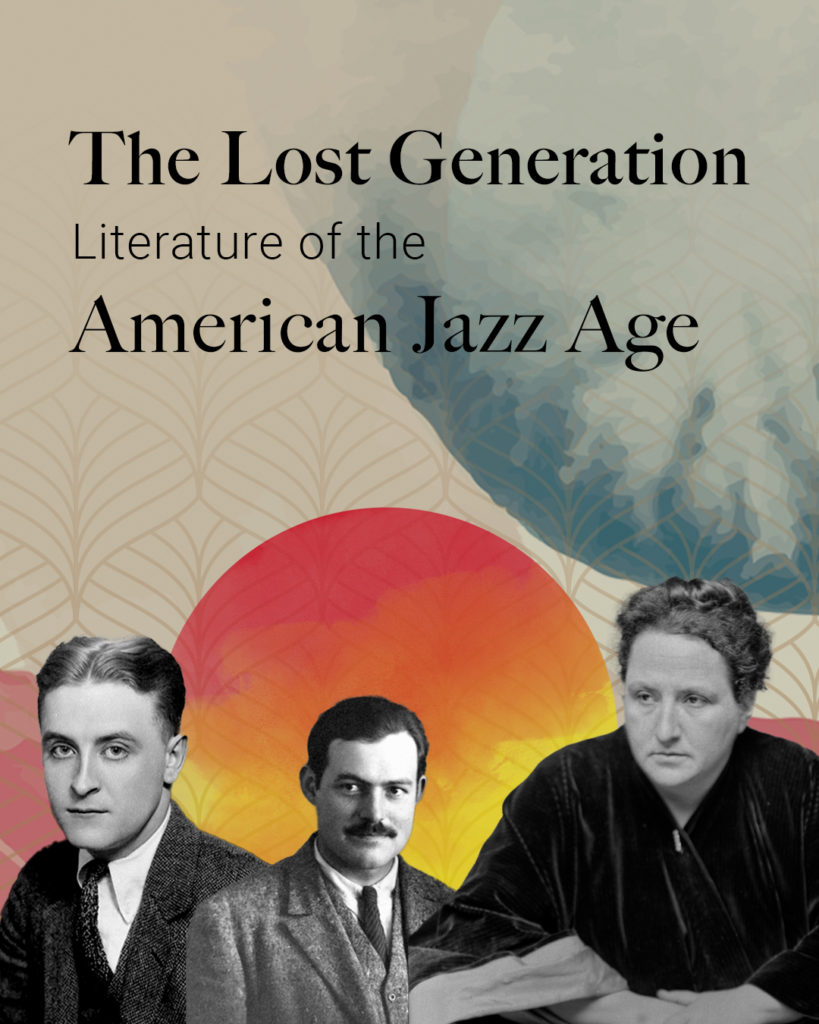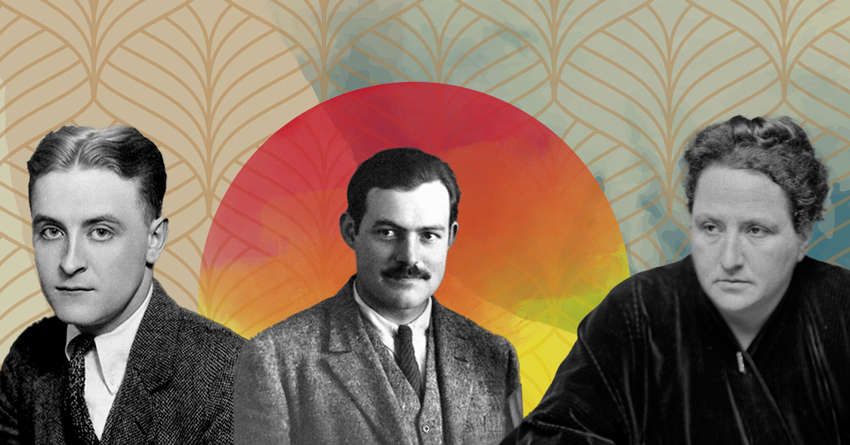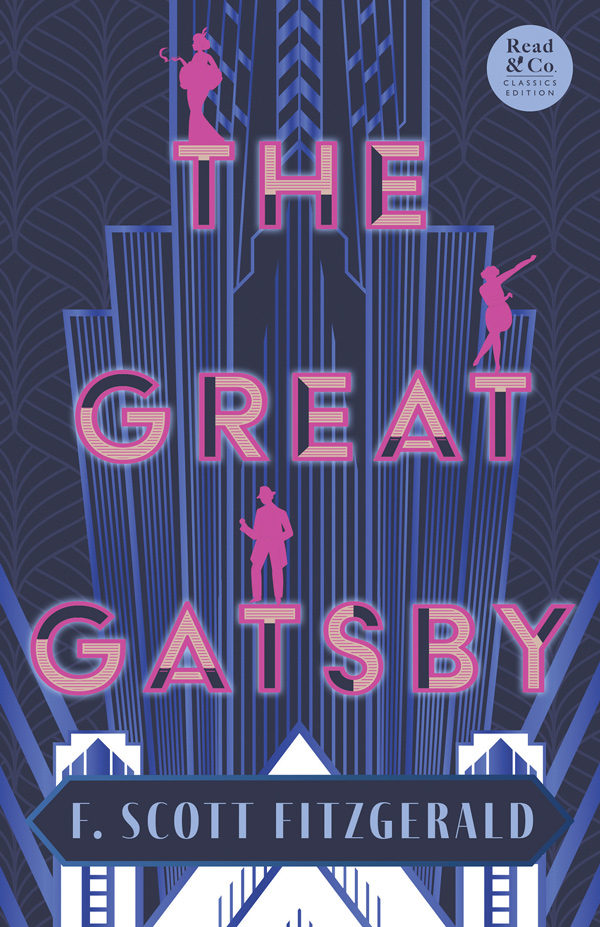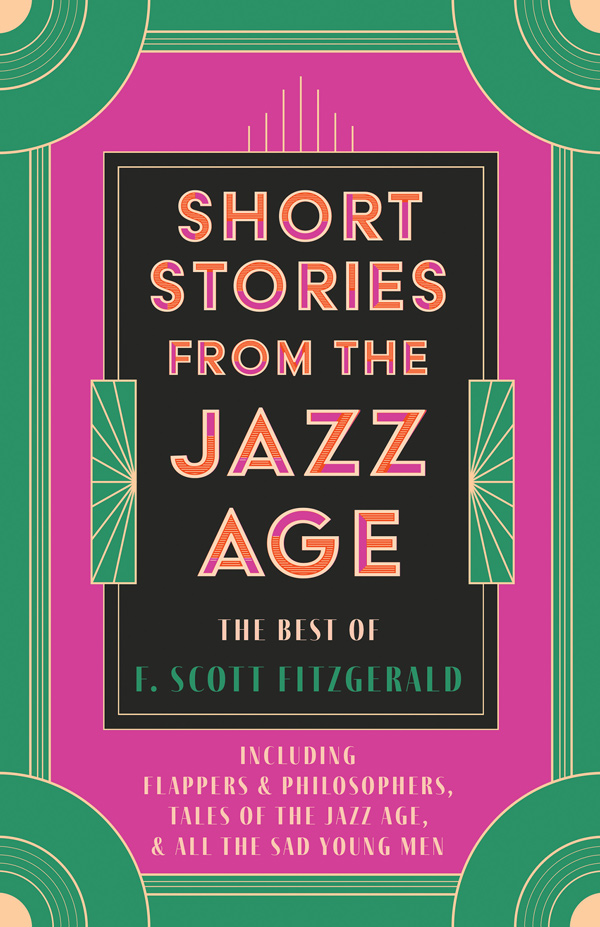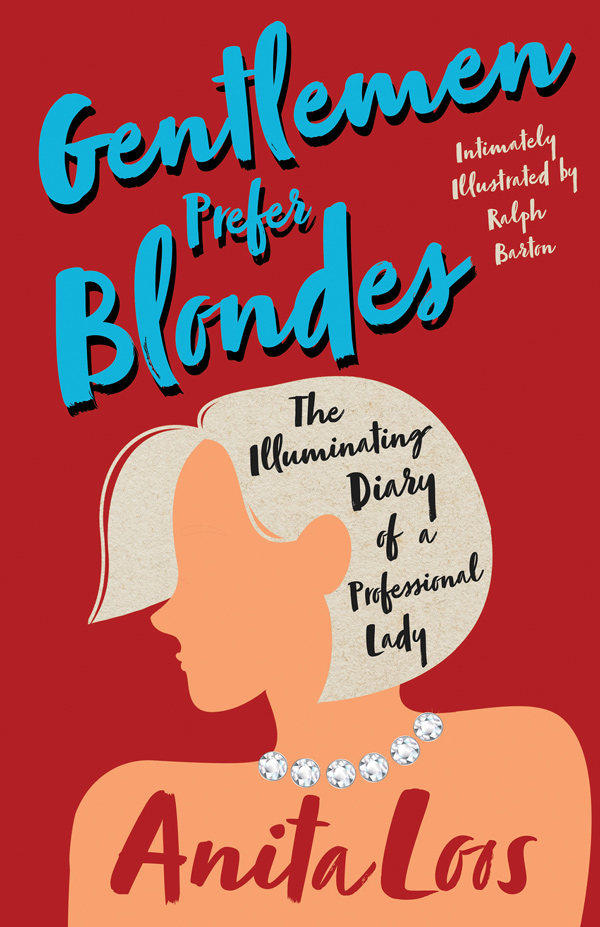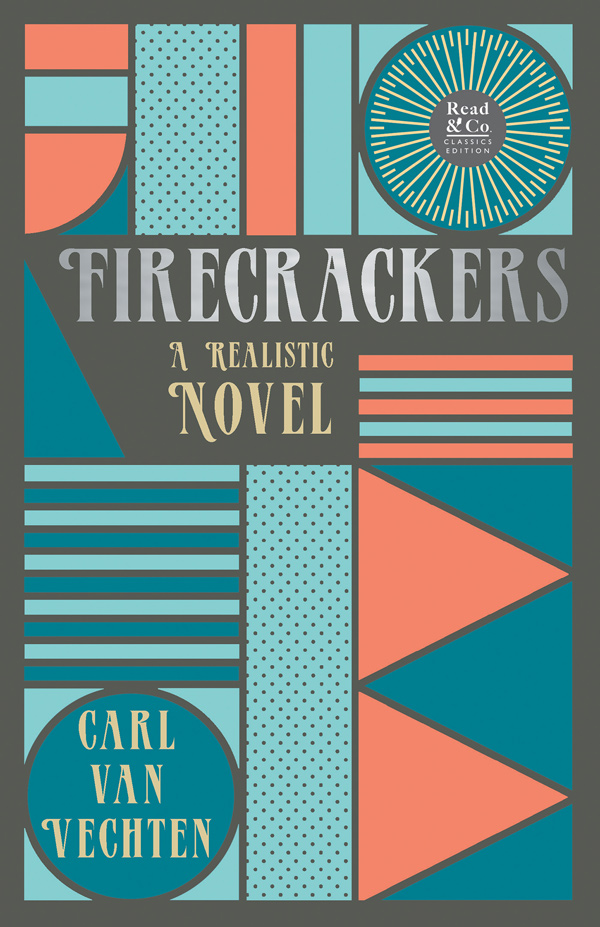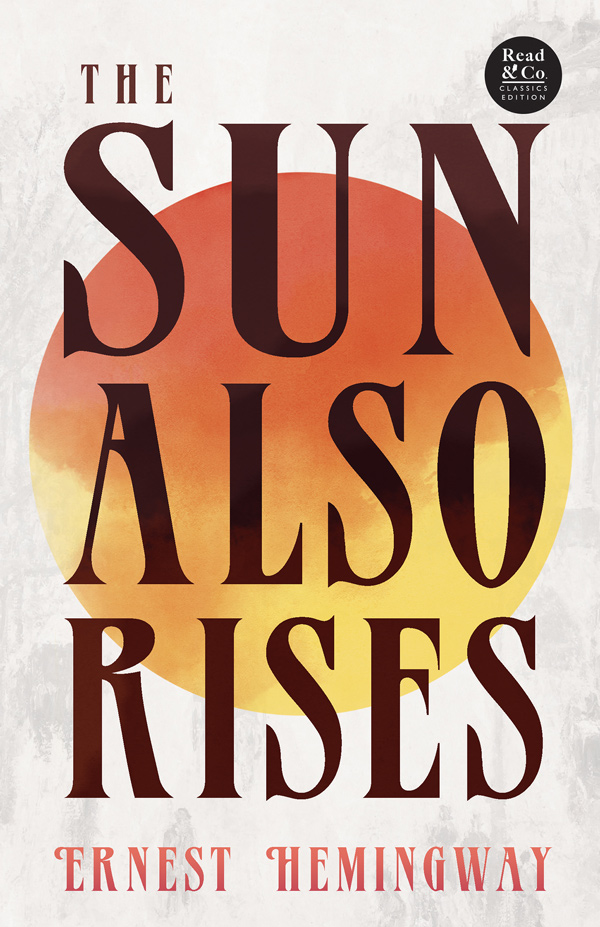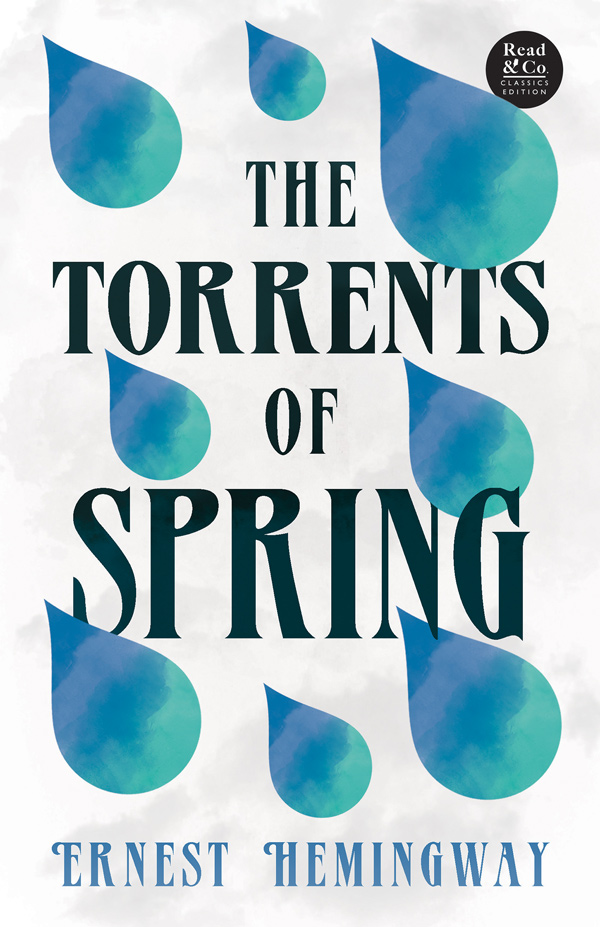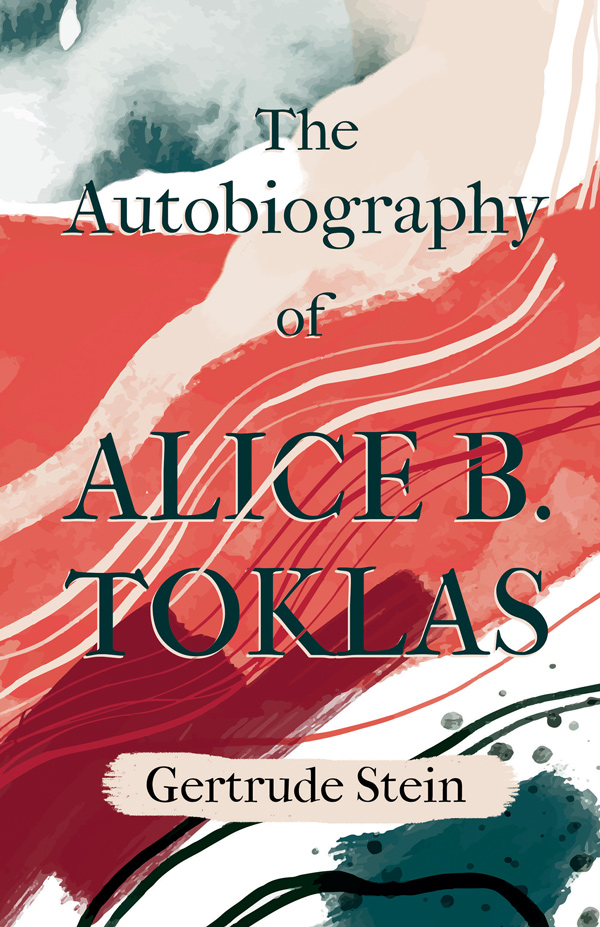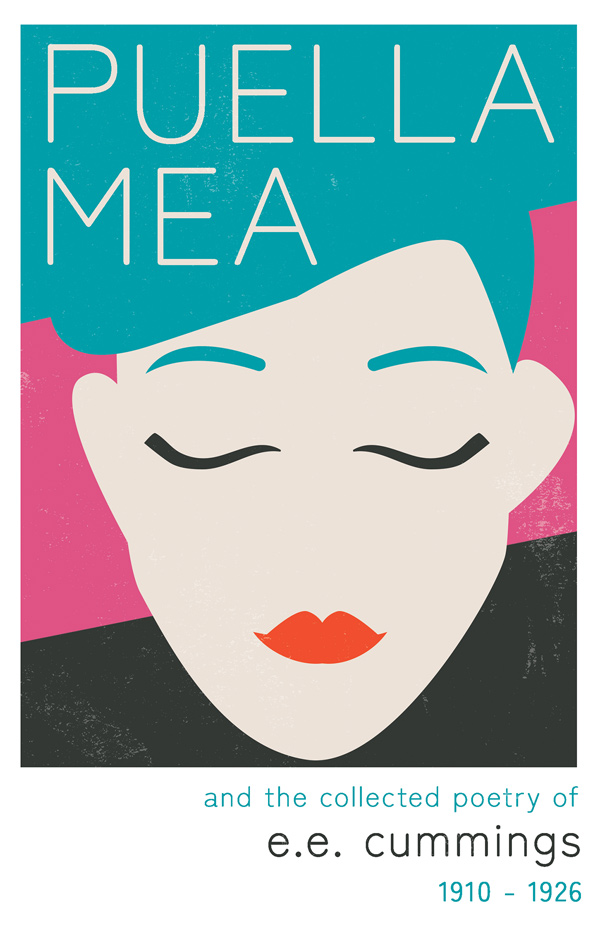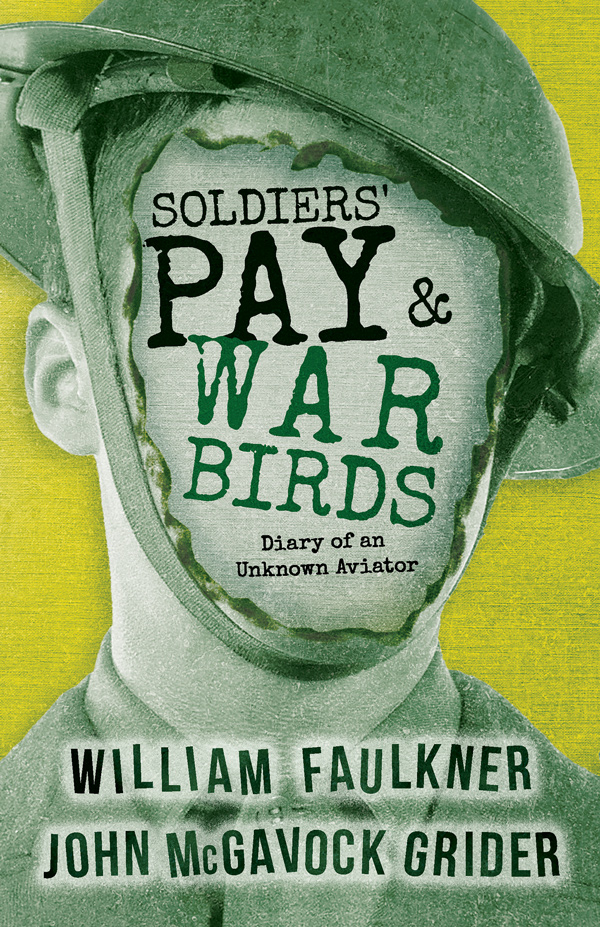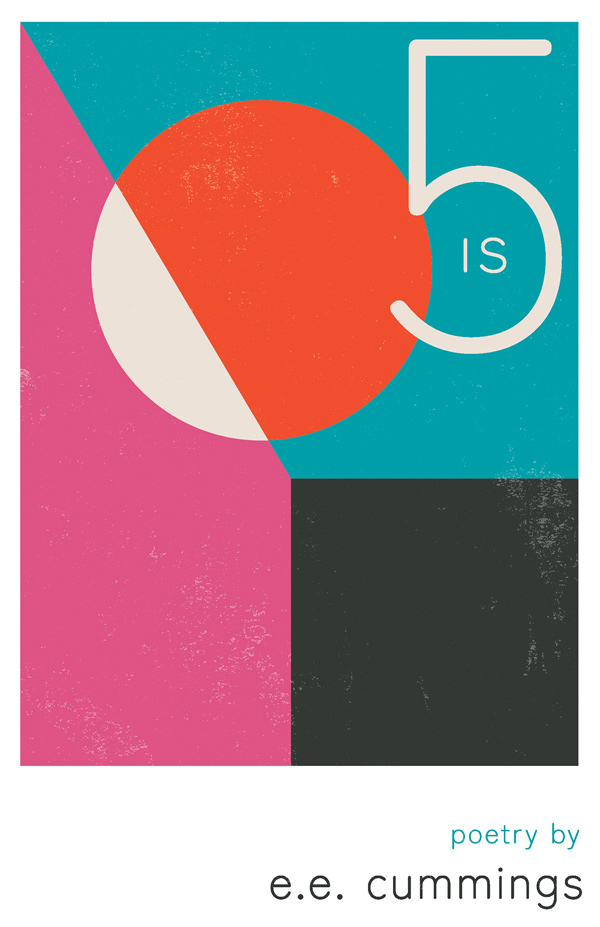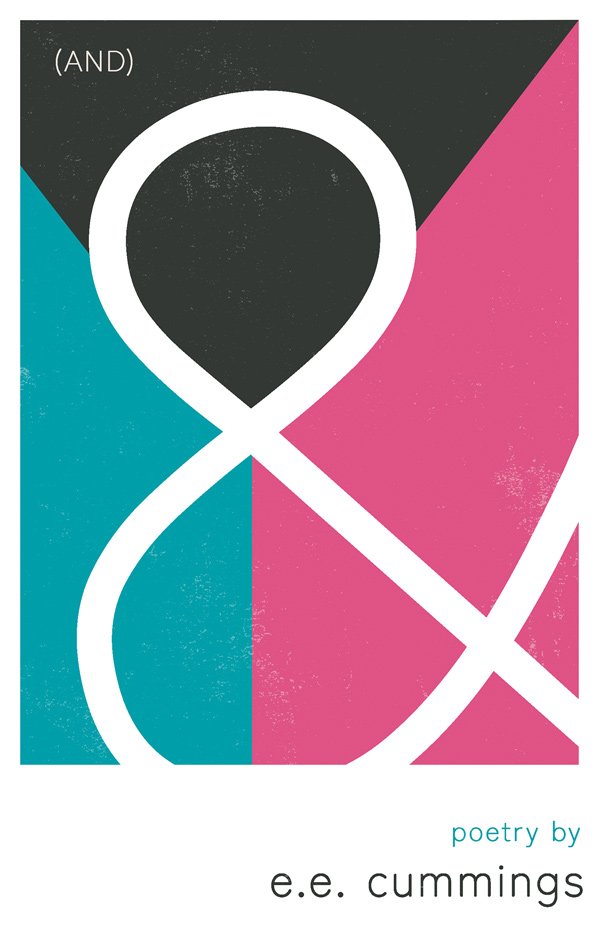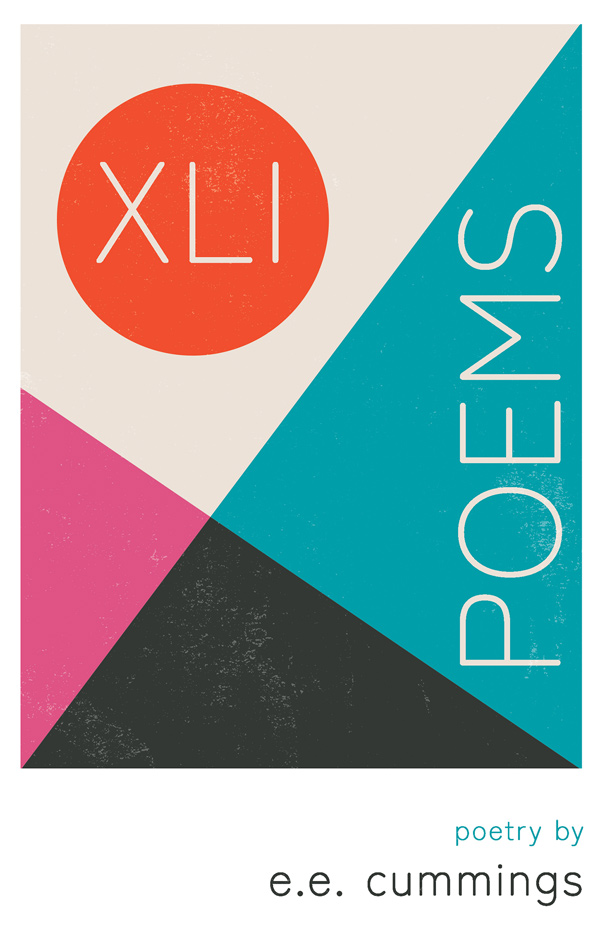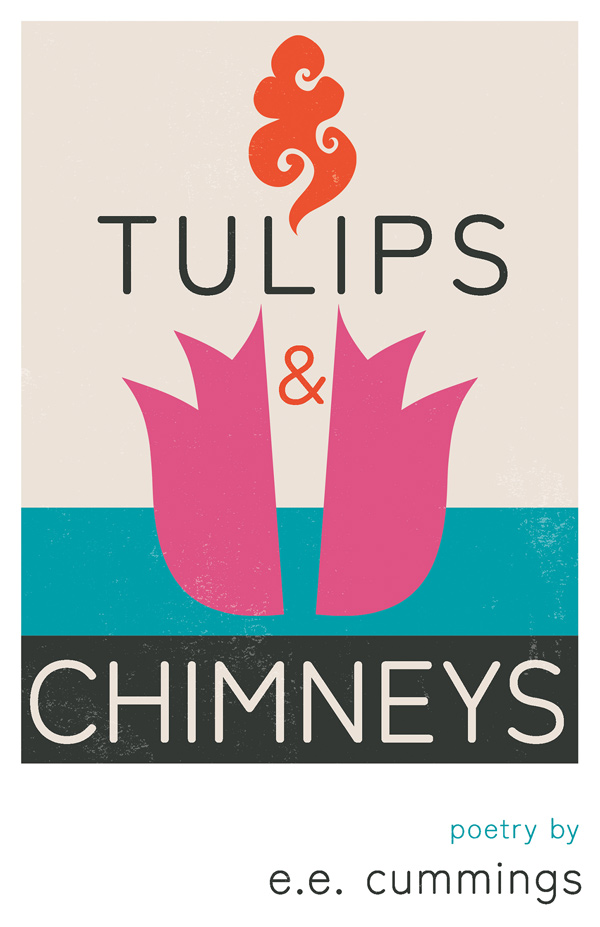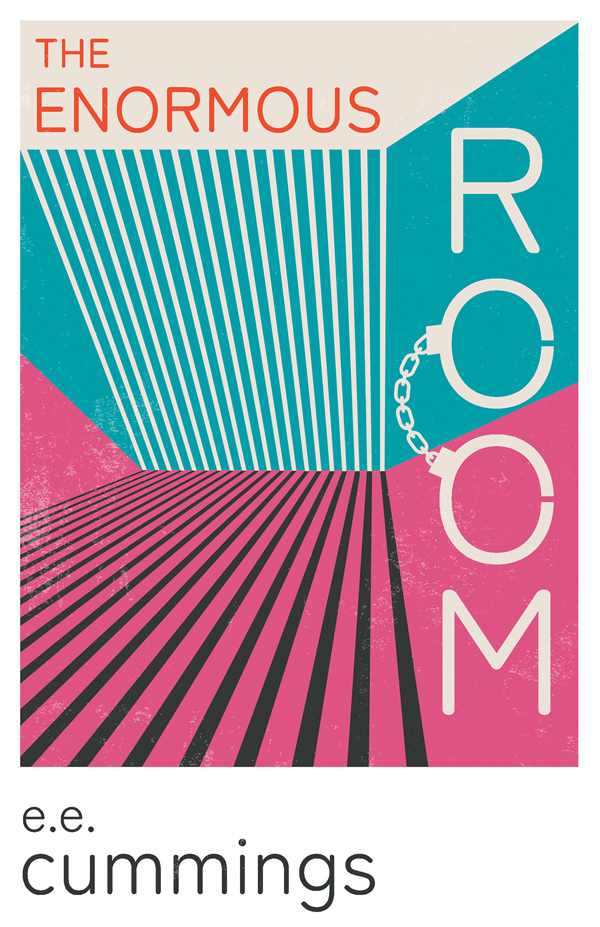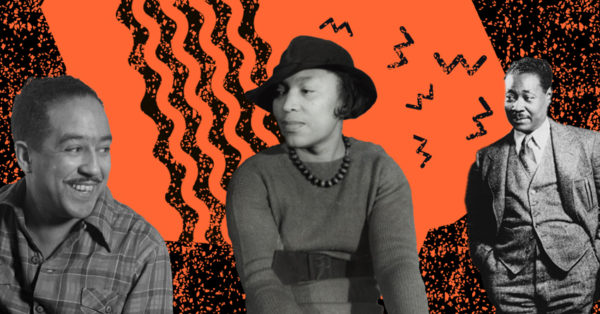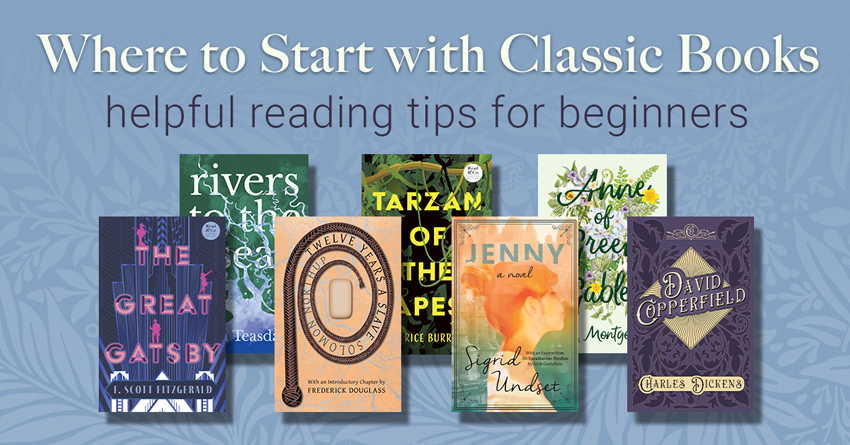The Jazz Age is one of the most significant cultural movements in American history. Coinciding with the Roaring Twenties, the Prohibition Era, and women being granted the right to vote, the era that spanned from the First World War up to the Wall Street Crash in 1929 was a period of considerable social reform.
The war had displaced thousands of Americans, with people not only losing loved ones but also their sense of purpose and direction in life. With a generation reeling from such devastation, life following the war was one of optimism, full of hope and determination for a better future. It allowed the young people to rebel against the traditional ideals that came before, exploring new artistic endeavours that helped shape a new glittering and prosperous society. Eventually becoming known as the Lost Generation, this wave of young people helped form the Jazz Age of 1920s post-war America.
Discover a short history of the Lost Generation and the writers and their works that helped form a new era of American literature.
The Jazz Age Era of the 1920s
While the period of The Lost Generation is commonly known as America’s liberating Jazz Age, jazz music had been around for many decades before then. The swinging genre of jazz began in New Orleans, Louisiana, in the late nineteenth century, with its roots in ragtime and blues. The expressive, rhythmic music originated in the pain and oppression of slavery in the United States. Black-American communities popularised the music in the early 1920s during the prohibition of alcohol. It was popular in illegal speakeasies and became a widespread genre with the rise of radio, rebelling against the traditional, popular music of the time. Jazz came to represent a sense of freedom for the people of a country devastated by oppression, war, and loss and formed the soundtrack for the hedonistic culture of the Roaring Twenties.

Who Coined the Phrase ‘The Lost Generation’?
Despite the era’s culture being grounded in music, many prolific literary figures belonged to the Lost Generation, including the likes of F. Scott Fitzgerald and Ernest Hemingway. A term first coined by American writer Gertrude Stein and popularised by Hemingway in his 1926 novel, The Sun Also Rises, the definition of the Lost Generation applies to those born between 1883 and 1900 who came of age during World War I. The pioneering modernist work produced by authors during this period popularised an entirely new literary style and sensibility, championing the indulgent lifestyle the era became synonymous with.
The Roaring Twenties
As America moved away from its post-war sorrow, the country entered into a period of ecstasy and celebration. Technology was developing faster than ever, and America’s economy rapidly expanded.
The illegal trafficking of alcohol, known as bootlegging, was at its height, and speakeasies were immensely popular. As the economy grew, people became more frivolous and extravagant in spending. Cocktails and dances such as the Charleston were all the rage, and with the 19th Amendment granting women the right to vote, young people had newfound freedom.
Jazz culture instigated a substantial societal shift. People of all races, genders, and backgrounds were mixing in underground bars. The decade gave way to new forms of self-expression and youth culture. It was the age of flapper girls, materialism, excessive drinking, and artistic genius.
The new social frivolity was captured in the decade’s literature. Despite the term ‘Jazz Age’ being in existence before his writings, it was F. Scott Fitzgerald who popularised the phrase with the publication of his second collection of short stories, Tales of the Jazz Age (1922). One of the most influential writers of the Lost Generation, Fitzgerald’s masterful works, including the now-famous novel The Great Gatsby (1925), perfectly encapsulate the spirit of the time.
Gertrude Stein and the Lost Generation
In the aftermath of the war, many members of the Lost Generation felt the US no longer had anything to offer them, so they took to travelling. Europe called to the artists who were seeking escape from the rising commercialism in the States, and it was in Paris that the likes of Hemingway and Fitzgerald first found their footing as authors, rubbing shoulders with the literary elite in the Parisian salons and cafés.
Often regarded as the mother of the Lost Generation writers, Gertrude Stein formed her own literary salon in Paris where poets, authors, musicians, and artists were able to seek guidance and counsel among peers. Similarly, Shakespeare and Company, an English-language lending library and bookstore in Paris, was also a haven for authors. American publisher Sylvia Beach opened the store in November 1919, with Stein signing up as her first annual subscriber. It’s said that the store often served as a makeshift bedroom for Fitzgerald and Hemingway, amongst other writers.
Stein’s memoir spoof, The Autobiography of Alice B. Toklas (1933), describes many of her encounters with the Lost Generation writers from the perspective of her life partner, Alice B. Toklas. The book is an account of the couple’s time living in Paris during the Jazz Age, giving insight into the pair’s relationship with these influential literary figures. From the likes of Sylvia Beach and Ezra Pound to T. S. Eliot and Carl Van Vechten, Stein and Toklas formed many literary friendships and connections in Paris, even becoming Godparents to Hemingway’s first child.
Did WWI Create a Lost Generation?
While the era was a time of prosperity and hope, the war had caused long-lasting effects on the generations that followed. Young people were entering the 1920s with war wounds, both physical and emotional. Writers started to find escape within their art, creating written accounts of their experiences with the war becoming a common theme of Jazz Age literature. William Faulkner’s first novel, Soldiers’ Pay (1926), examines the reality of many returning soldiers. It explores the post-war life of a severely wounded aviator after he returns home and discovers he no longer has a purpose in his small town.
Similar in its post-war themes, Hemingway’s debut novel, The Sun Also Rises (1926), follows protagonist Jake Barnes as he navigates life after war. Based on Hemingway himself the main character is recovering from war wounds whilst working as a journalist in Paris. The early novel dismisses Stein’s ‘lost generation’ label and proposes that they are not ‘lost’ but merely downtrodden by war. Exploring issues of artistic freedom, gender, love, and angst, The Sun Also Rises captures the essence of the disoriented generation.
A Newfound Literary Freedom
Despite the existentialist questions that many of the Lost Generation writers addressed in their work, the Jazz Age also saw a significant shift in artists’ sense of freedom. Writers were beginning to test the limits of literature, and modernist experimentation heightened. One of the most experimental writers of this time was e. e. cummings, whose work is rich in his war experiences. While serving as an ambulance driver in the war, cummings was arrested and imprisoned by the French on suspicion of espionage. This experience later informed the writing of his only novel, The Enormous Room (1922), which not only explores the psychological impact of war but also demonstrates his blossoming avant-garde writing style. The collections of poetry that followed, including Tulips and Chimneys (1923), XLI Poems (1925), & (1926), and is 5 (1926), ignore traditional form and grammar rules, experiment with typographical presentation, and focus on taboo themes such as eroticism through an aggressive rebellion of accepted literary norms.
The Jazz Age not only gave the Lost Generation artistic freedom but also freedom of speech. Women now had the right to vote and could express themselves more independently. Through their newfound freedom, it became common for women to wear their hair short, dress in tight clothing, and smoke in public – a stereotypical character consistently filling the pages of literature at the time.
Anita Loos’ comic novel Gentlemen Prefer Blondes (1925) is a prime example of this. The book features Lorelei Lee, a young blonde flapper, following her gold-digging escapades and numerous romantic flings around the world. Presented as Lorelei’s diary, Gentlemen Prefer Blondes is full of Loos’ famous wisecracks and takes the reader across the globe from New York and Paris to London and Munich, giving an insightful look at the Jazz Age on the way.
Another novel, Firecrackers (1925) by Carl Van Vechten, also encapsulates the sense of this newfound freedom. The book is known for its audacious events and pleasure-seeking characters, with Fitzgerald labelling one of its main characters, Campaspe Lorillard, as the ’embodiment of New York’.
Likewise, Fitzgerald’s own novel The Great Gatsby encompasses the excessive drinking and spending that was a crucial part of the Lost Generation’s Jazz Age experience. Set on Long Island, New York, Gatsby features the confusing romance, corrupt morals, and glamorous partying of the city’s most wealthy socialites.
The effects of the prohibition and the popularity of jazz music are as evident in Vechten’s work as they are in Fitzgerald’s masterpiece.
The Legacy of the Lost Generation
Despite being labelled as ‘lost’, the young generation of the Jazz Age was hopeful and driven, transforming sorrow and grief into glittering inspiration for their work. Literature greatly benefited from writers’ desire to escape, both in their travel to locations such as Paris and within their work. As the economy boomed, consumerism grew, and women slowly gained independence, artists captured the extravagance of the Roaring Twenties at its peak. The Jazz Age was an era of social reform that altered post-war America tremendously; it produced many brilliant authors whose written masterpieces shaped the foundation of literature as we now know it. From Gatsby to Hemingway, the Lost Generation writers of the American Jazz Age were driven by the lingering pain of the First World War to create works that are beautifully timeless. Embracing the chaos of post-war America to shape an era of cultural prosperity, one steeped in sparkling, glamorous indulgence.
Loved this post? Say it with a pin!
